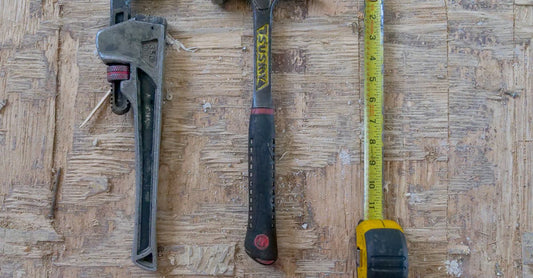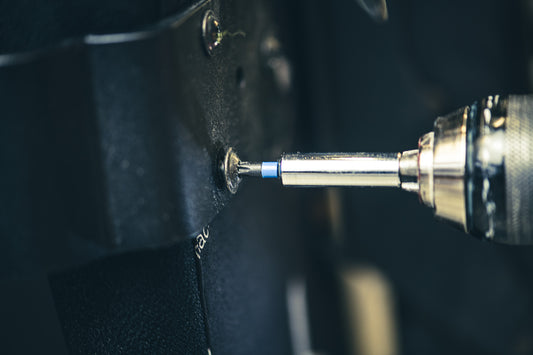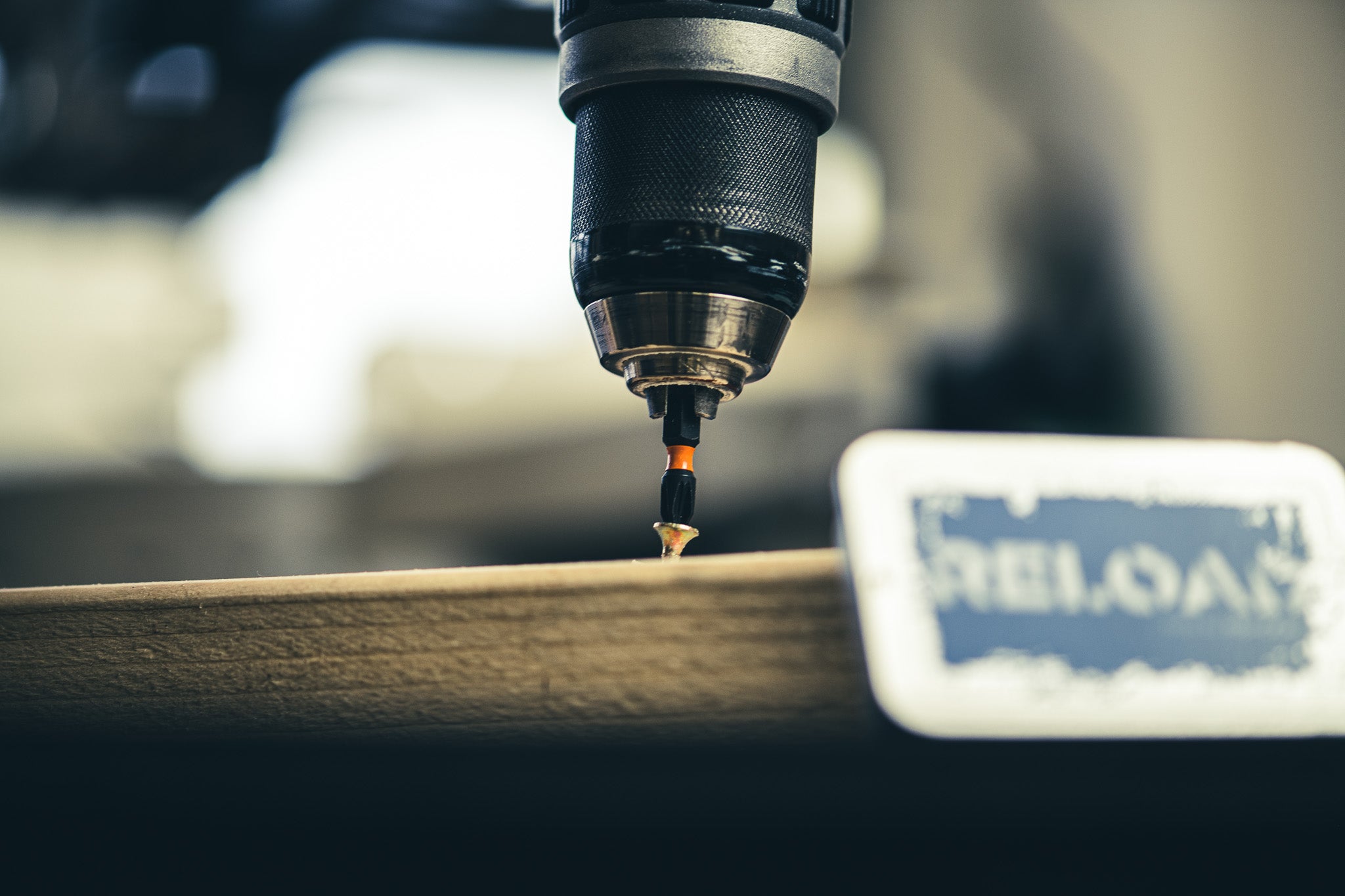kawn-dew-it
Noun
A hollow tube of metal, plastic, or other material used to protect and route electrical wiring.
Example usage: We need to run conduit through the wall for the new wiring.
Most used in: Construction and electrical work.
Most used by: Electricians, plumbers, and other tradespeople.
Popularity: 9
Comedy Value: 5
Also see: Raceway, Electrical Duct, Cable Trunking, Wireway,
What is a Conduit in the Context of Electrician Construction?
A conduit is a type of piping used to protect and route electrical wiring. It is typically made of metal or plastic and is used in both residential and commercial buildings. Conduits are commonly made of galvanized steel, aluminum, or PVC (polyvinyl chloride) and come in a variety of sizes and shapes.
Conduits are used to protect electrical wiring from potential damage. This includes protection from physical damage, moisture, and other environmental factors such as extreme temperatures. Conduits also help to reduce the risk of electrical shock and fire. This is because the conduit provides a physical barrier between the wiring and people or other objects that may come into contact with it.
In the United States, the National Electrical Code (NEC) requires the use of approved, listed, and labeled conduits for all electrical wiring installations. According to the NEC, all wiring must be installed in a conduit that is the appropriate size and type for the particular application. It is important to note that the NEC does not allow the use of any conduit that is not approved and listed.
The use of conduits in electrical wiring installations is a common practice around the world. In the United States, for example, the US Department of Energy estimates that about 90% of all electrical wiring installations use some form of conduit. It is important to note, however, that the NEC does not require the use of conduits in all applications.
The use of conduits in electrical wiring installations is an important safety measure that helps to protect people and property from the potential dangers of exposed wiring. By ensuring that all wiring is properly installed and protected, electricians can help to ensure the safety of their projects and the people who will use them.
The Origin of the Term 'Conduit' in Electrician Construction
The term 'conduit' has been used in the context of electrician construction for centuries. Its origin dates back to the 16th century when it was used to describe an underground channel. This was used to transport water, sewage, and other liquids from one place to another.
The term was first used in the United States in the late 18th century when Benjamin Franklin and Thomas Jefferson introduced it to describe a channel for carrying electricity. It was initially used to refer to metallic pipes and cables used to protect and guide electrical wiring. By the early 20th century, the term had become widely used in the electrical engineering industry.
Today, the term is used to refer to any type of protective covering that is used to contain and protect electrical wiring. This includes metal conduit, plastic conduit, and other materials such as fiberglass and PVC. The term is used in the electrical engineering industry around the world.




